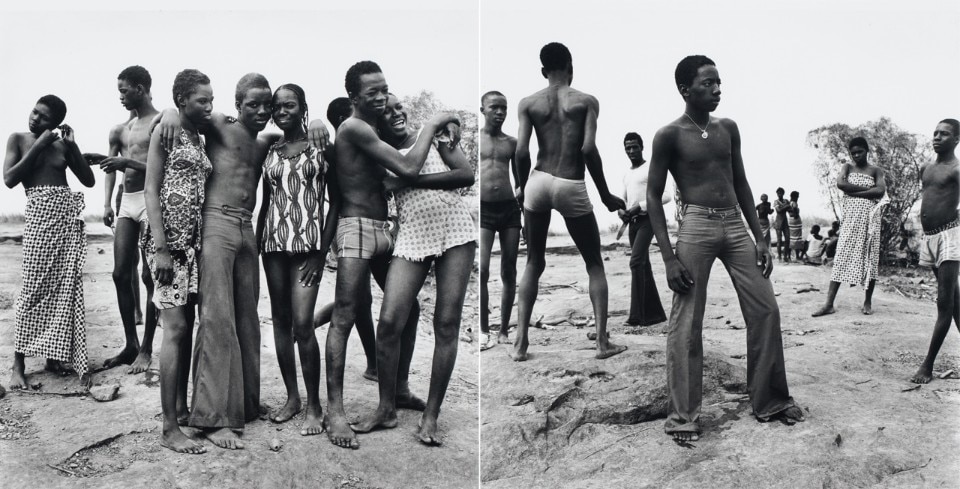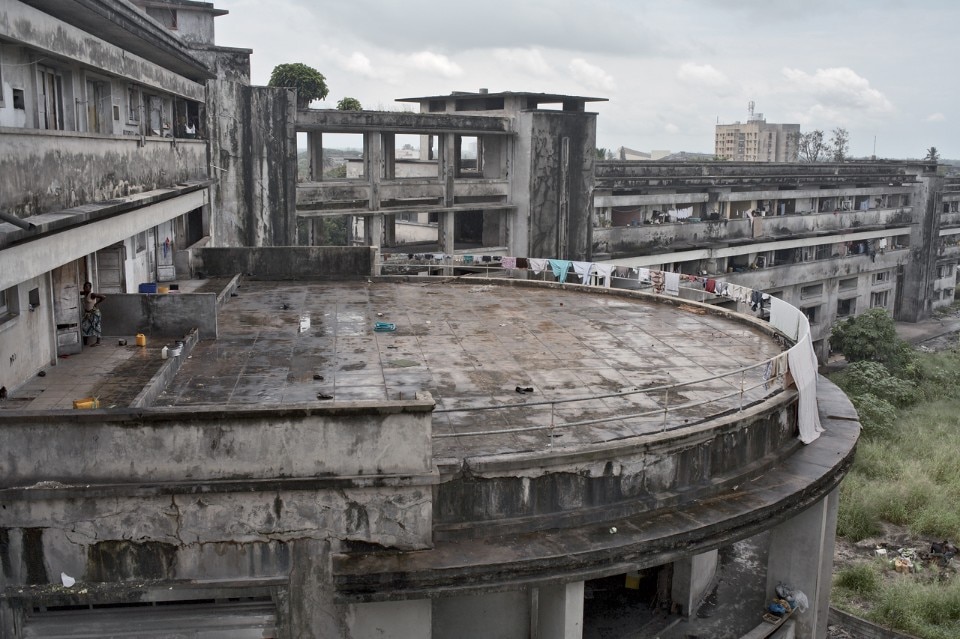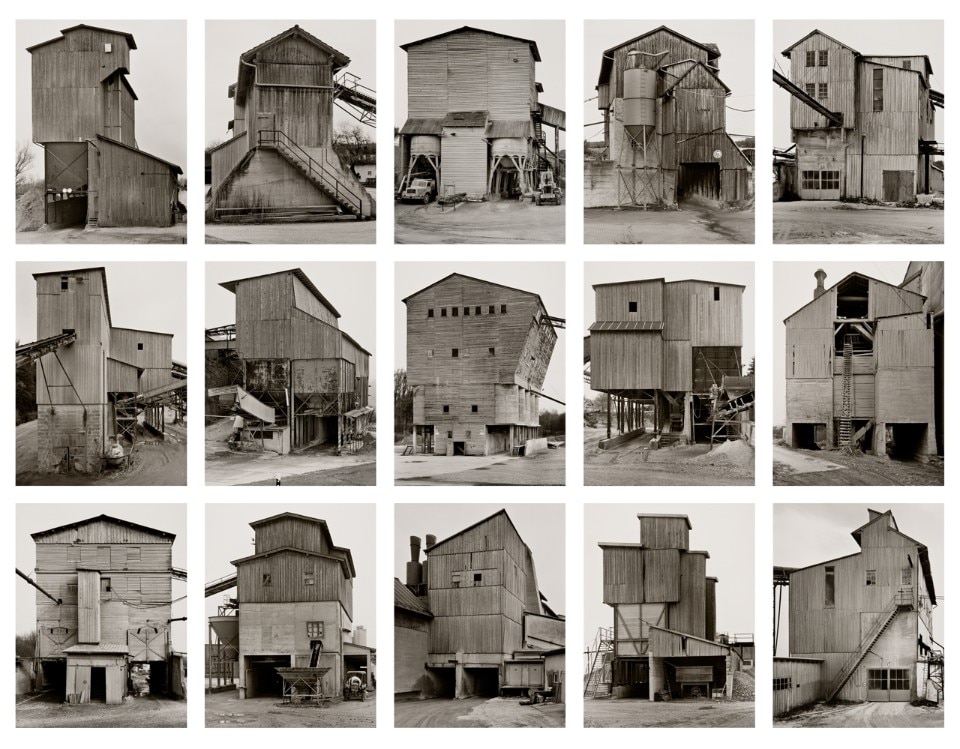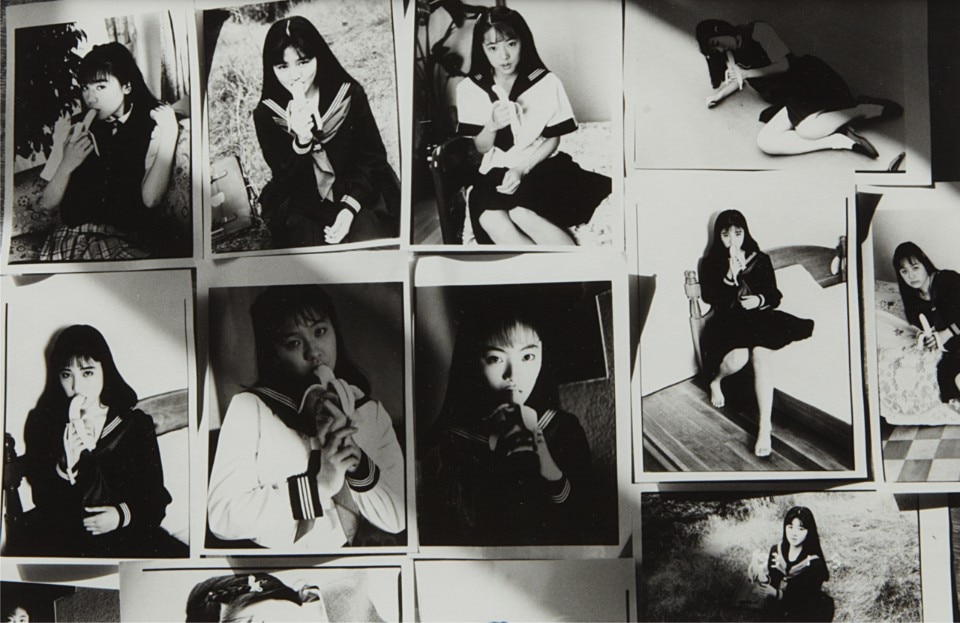
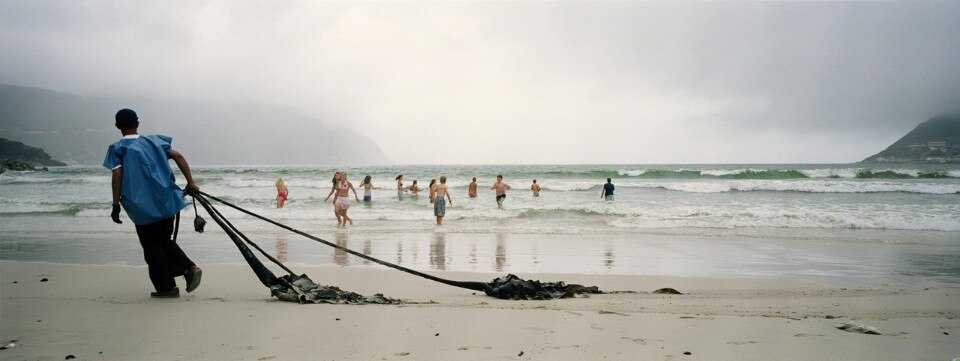
Behind the risk of being caught up in the tangle of great names lies an exquisite method of self-immersion in the meticulous work of great photographers. Quality is the key to an impressive list that is constantly being rewritten around specific geographical zones: Africa, America and China. It is a journey visiting fascinating conceptual destinations that prove just as effective as the names and procedural mechanisms of the artists concerned.
Whether they are historicised works such as those by Ed Ruscha or more recent ones like those by Ai Wei Wei, the whole collection is in constant flux. This effective and new version on show in Paris brings with it another component, which is its curator Simon Njami’s precious narrative skill.
.jpg.foto.rmedium.jpg)
